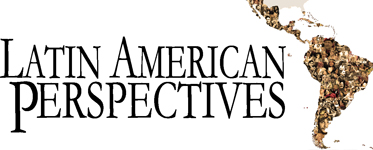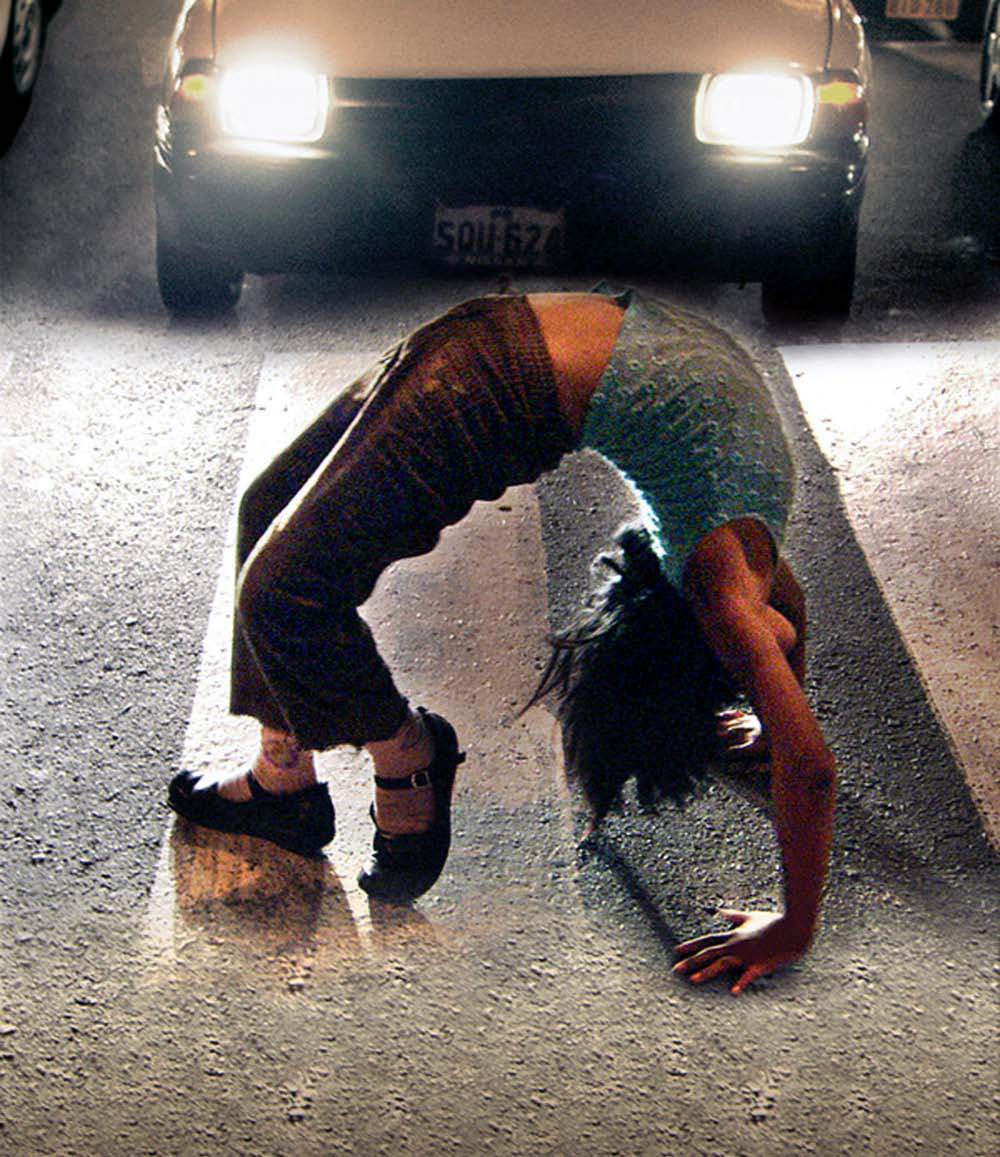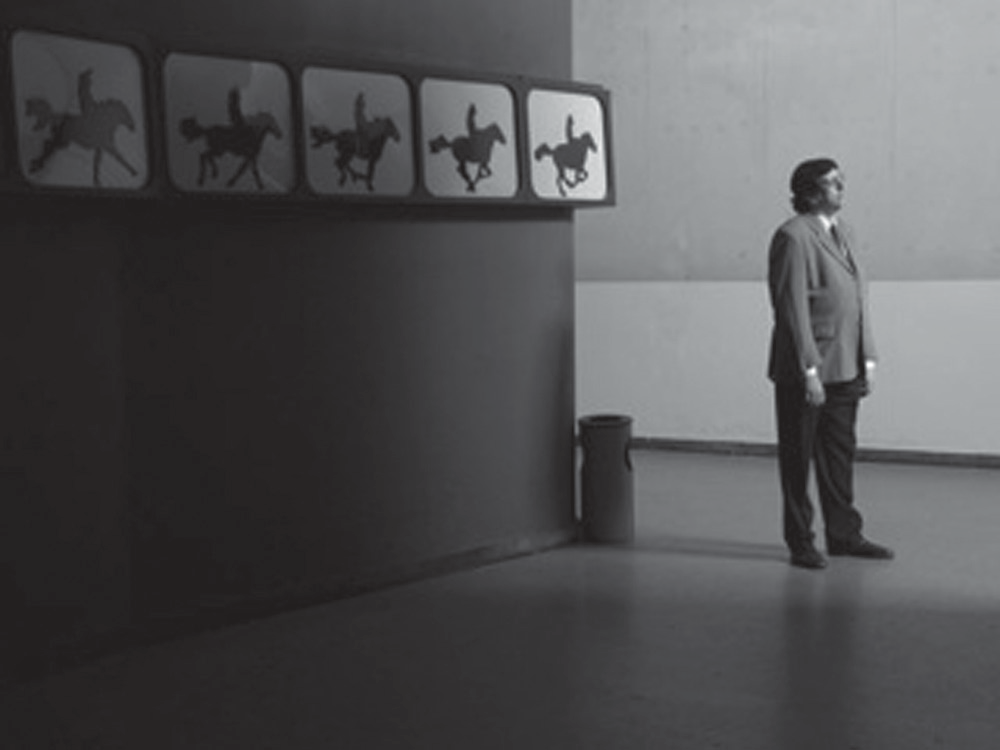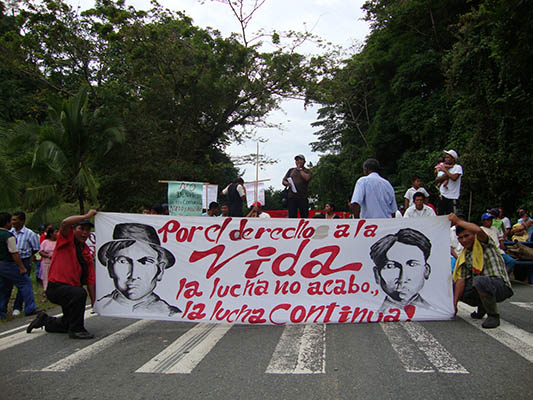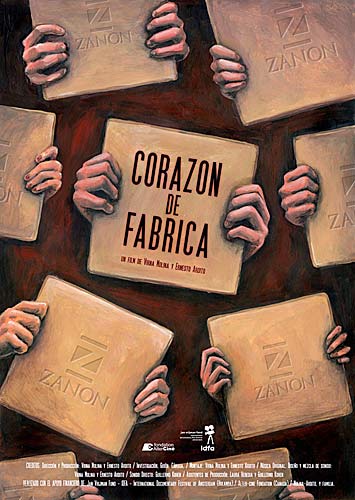Disappearing into the Distance Two Latin American City Symphonies (film review)
By: Kristi M. Wilson In Oblivion, the award-winning Dutch-Peruvian filmmaker Heddy Honigmann (Forever, Metal and Melancholy, O Amor Natural) visits her birthplace to record the stories of everyday Peruvians under Alan García’s second presidency (2006–2011). Her camera appears to float or wander at the street level, pausing on occasion to drop in upon the lives of the people it encounters there. Andrea Prates and Cleisson Vidal’s Dino Cazzola is at once a family history, a story of migration, a story of power and national identity, and an homage to filmmaking. Both films recall the Russian director Dziga Vertov’s 1929 classic documentary Man with a Movie Camera in that they are city symphonies, films that produce complex truths about a particular urban space by weaving together images and narrative fragments from the lives of its longtime residents. At the start of Dino Cazzola: A Filmography of Brasília, close-ups of filmstrips from Cazzola’s extensive archive with dates and bits of tape on them play across the screen (Figure 1), letting us know that this documentary will address the sometimes tedious but usually surprising process of digging through archival material and that it will be self-reflexive. As in the case of Man with [...]

